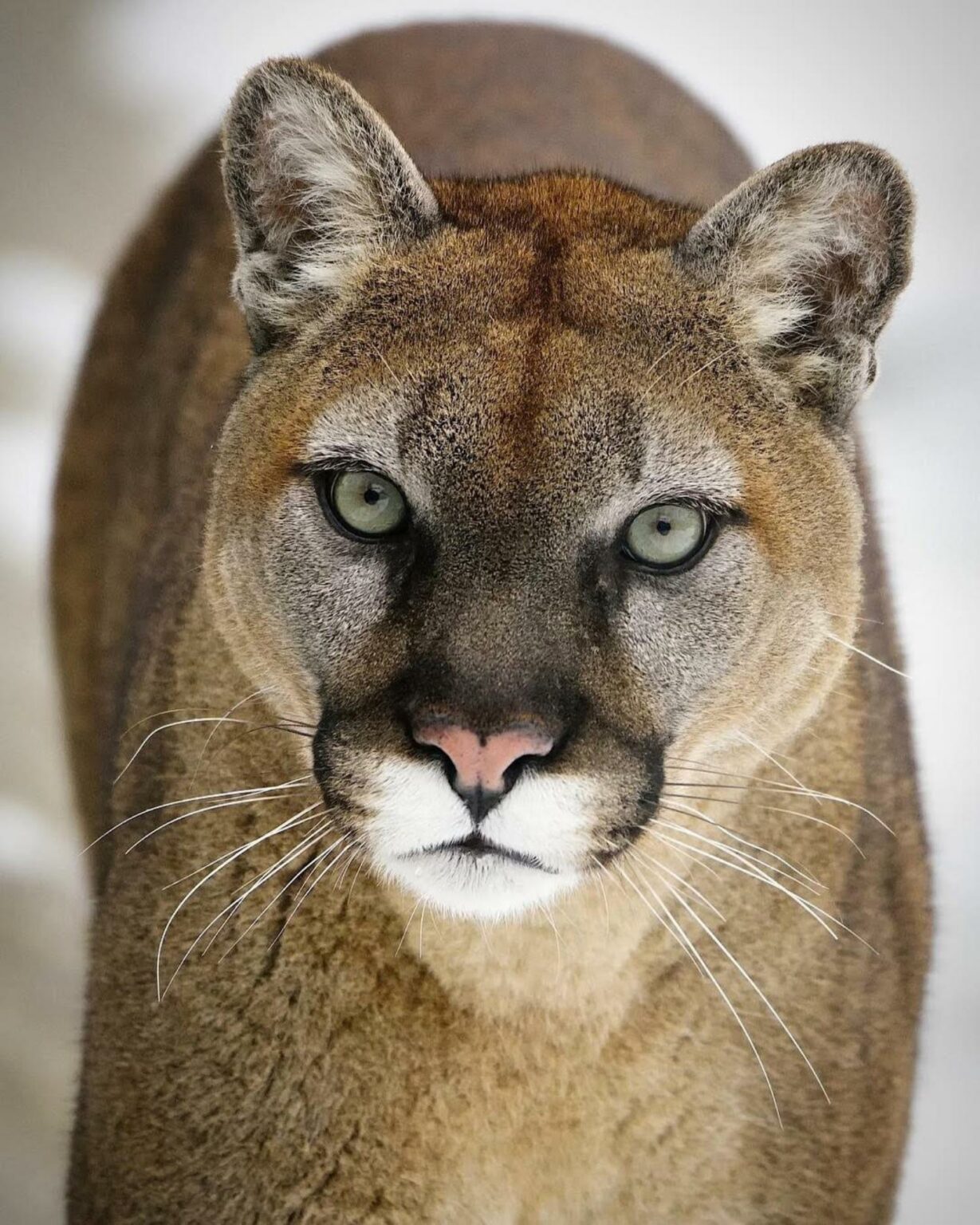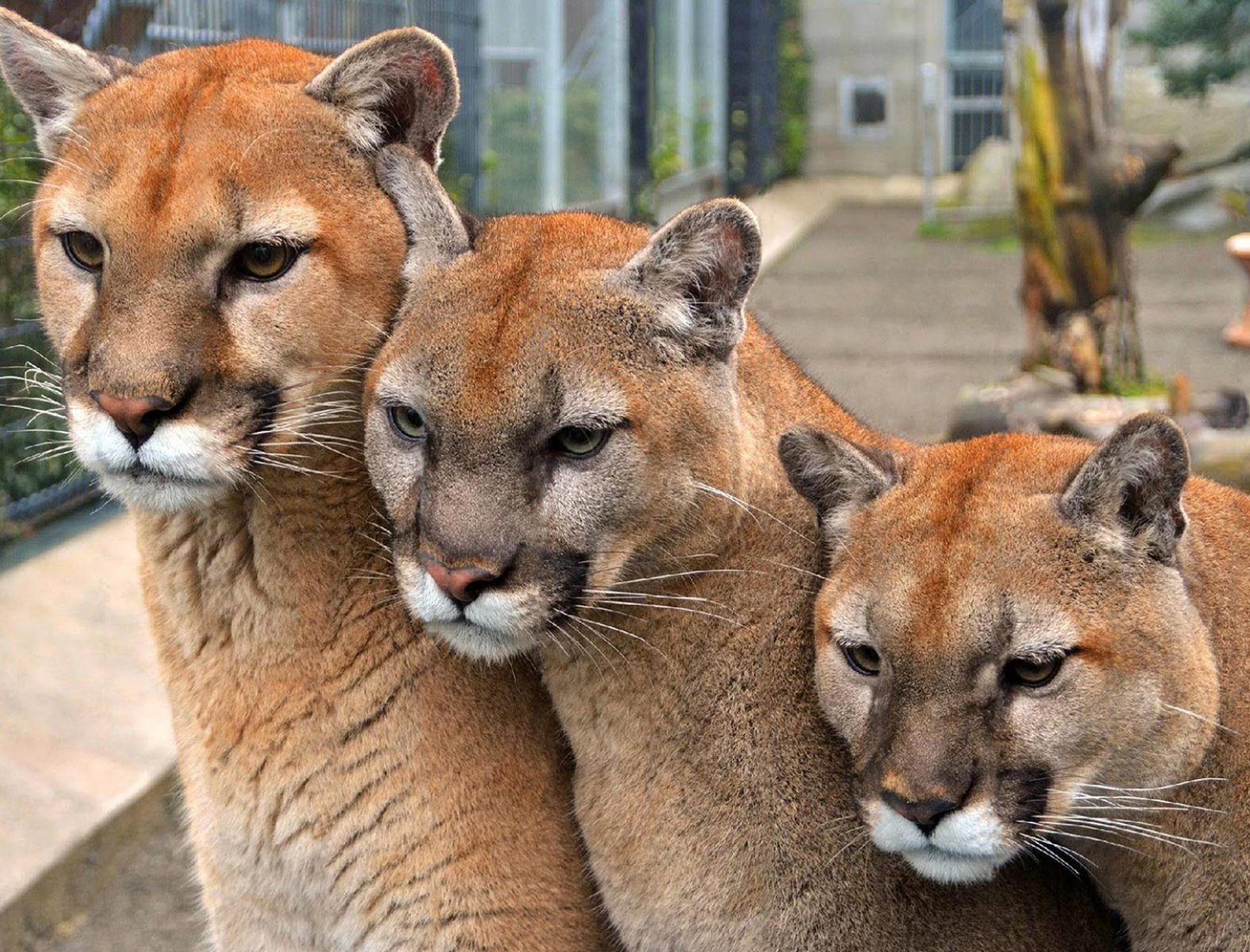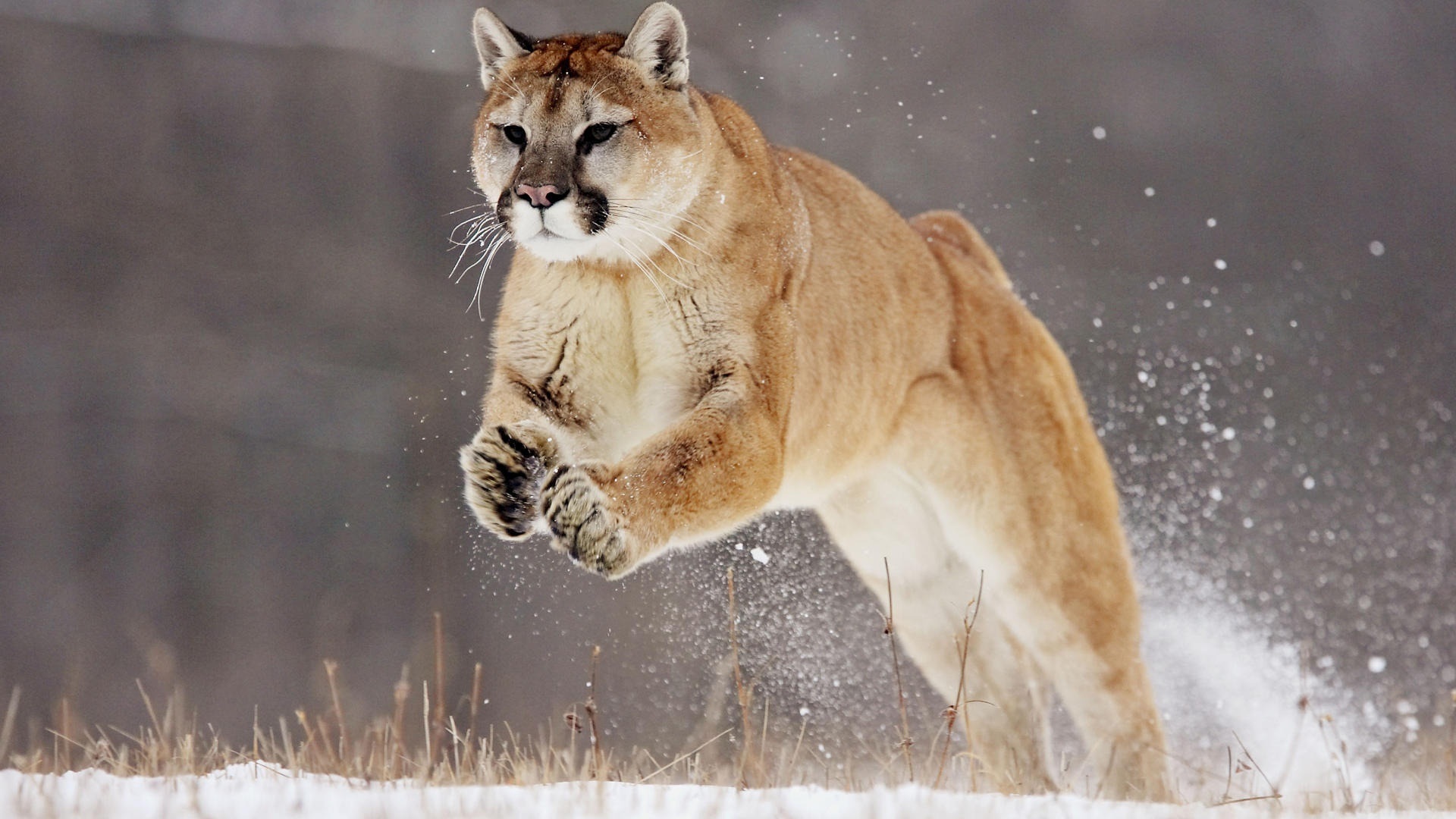Is the image of a "cougar" the older woman seeking younger companionship truly as predatory and desperate as pop culture often portrays? The reality, as many women are now asserting, is far more nuanced: they are confident, successful individuals redefining their own narratives.
The term "cougar" has become a loaded one, evoking images of desperation and the pursuit of fleeting youth. Yet, within the broader landscape of societal shifts, a different understanding is emerging. These are women who, having traversed the milestones of life, find themselves seeking relationships on their own terms. They are often women over 40, established in their careers and lives, and tired of the traditional, often unromantic, expectations placed upon them.
The phenomenon of relationships between older women and younger men isn't new. Such dynamics have existed throughout history, though they gained more mainstream visibility with the 2009 premiere of the television show "Cougar Town," further sparking public interest.
- Exploring The Allure Of Snapchat Spotlight Nsfw
- Net Worth Of Brian Kilmeade A Comprehensive Look At His Finances And Success
| Category | Details |
|---|---|
| Common Terminology | "Cougar" (older woman), "Cub" (younger man) |
| Defining Characteristics | Confident, successful, single women over 40 seeking companionship; often rejecting traditional dating norms. |
| Societal Perceptions | Evolving: moving away from negative stereotypes towards recognition of agency and choice. |
| Cultural Impact | Influenced by media (e.g., "Cougar Town"), contributing to mainstream awareness and dialogue. |
| Relationship Dynamics | Vary widely; often characterized by mutual respect, shared interests, and a desire for companionship. |
| Motivations | Seeking fulfilling relationships, companionship, adventure, and a rejection of ageist stereotypes. |
| Associated Stereotypes | Historically viewed as predatory, desperate, or seeking only superficial relationships. |
| Evolving Perspectives | Increasingly viewed as women making empowered choices about their relationships and lives. |
| Further Reading | Verywell Mind - Cougar Relationships |
This article seeks to address common questions and present key facts related to the "cougar" phenomenon, separating myth from reality and exploring the complex motivations and experiences involved.
The term "cougar" itself is multifaceted. While the term is frequently used, the name "cougar" comes from the Portuguese word uuarana, derived from the Tupi Indian word susuarana. Furthermore, this is the animal with the highest number of names, with over 40 English names alone, according to the Guinness World Records.
However, the term "cougar" has a second meaning, a different association, often related to the relationships between older women and younger men.
- What Is Tamron Halls Net Worth A Deep Dive Into The Life And Career Of The Iconic Tv Host
- Barbara Fried Net Worth A Comprehensive Insight Into Her Wealth And Life
Beyond the social realm, the term also describes a specific animal. Often referred to as a "big cat without a roar," the North American cougar (Puma concolor) is the second-largest cat in the Western Hemisphere, trailing only the jaguar. These magnificent creatures, also known as pumas, mountain lions, or panthers, are found across a vast range, inhabiting diverse environments from the frigid plains of Canada to the dense forests of South America.
This is not a creature to be trifled with. A cougar is an intimidating animal. Unable to roar due to the absence of a specialized larynx, the cougar instead communicates through a repertoire of vocalizations including purrs, growls, hisses, screams, whistles, and chirps. They are solitary and secretive animals but are rarely found sharing kills. Instead, females will establish small communities around the territory of a strong male.
Confusion often arises due to the myriad names applied to this animal. "Cougar," "puma," "mountain lion," and "panther" are all synonymous, referring to the same species: Puma concolor. The scientific name, Felis concolor, translates to "cat of one color," reflecting their generally uniform coat.
These animals exhibit a wide range. North American cougars are particularly prevalent in the western half of the continent, including western Canada, the western United States, Florida, Mexico, and Central America, and possibly even the northwest of the Andes Mountains. Historically, they were found in eastern portions of the United States but were believed to be extirpated there in the early 1900s. Today, there are several thriving populations, particularly in the western United States, southern Florida, and western Canada.
Cougars are the fourth-largest wildcat in the world, following lions, tigers, and jaguars. Their physical characteristics are distinctive: stocky builds, powerful hind legs, and a long tail, often a third of their total body length, which aids in balance and agility. Adult males can stand around 30 inches at the shoulders and can be 7 to 8 feet long from nose to tail. The weight of male cougars is typically between 140 to 175 pounds, with females usually weighing less than 110 pounds. Their coats are generally a light brown, rust, apricot, lemon, smoke, or even black, but they vary depending on their environment.
In Canada, the cougar population is estimated to be around 3,500, with about 10,000 in the western United States. They are a species of "least concern" on the IUCN Red List, yet they still face threats. Cougars have been, and continue to be, killed by both sport hunters and farmers protecting their livestock. The official athletics website for the University of Houston Cougars uses this animal as its symbol.
The cougar, or mountain lion, is a versatile creature, capable of thriving in diverse habitats, including forests, shrubland, grasslands, rocky areas, and deserts. In California, they are the largest felid, weighing between 70 and 150 lbs, compared to the bobcat which is typically 12 to 25 lbs, and domestic cats which are even smaller.
Whether it's the majestic Puma concolor prowling the forests or the women navigating the complexities of relationships, understanding the nuances of both "cougar" definitions is essential for a complete perspective. The common threads are resilience, adaptability, and the ability to thrive across varying landscapes.



Detail Author:
- Name : Lillie Leffler
- Username : una56
- Email : janice03@hilpert.com
- Birthdate : 1990-02-13
- Address : 356 Celia Canyon Emardstad, FL 79996-4453
- Phone : 586-332-6089
- Company : Kling, Pfeffer and Abernathy
- Job : Chemical Equipment Tender
- Bio : Maxime rerum architecto exercitationem quaerat ipsum perspiciatis. Molestiae assumenda quia eius corrupti nobis aperiam odit. Suscipit ut ut nemo vero quis dolorem eius.
Socials
tiktok:
- url : https://tiktok.com/@elena_murphy
- username : elena_murphy
- bio : Corrupti ducimus repellendus nihil debitis.
- followers : 3247
- following : 2648
instagram:
- url : https://instagram.com/murphye
- username : murphye
- bio : Ad eum alias voluptatem quo aut aut sunt. Hic ut quasi ea.
- followers : 3858
- following : 1659
twitter:
- url : https://twitter.com/elena3874
- username : elena3874
- bio : Accusamus sit rem voluptate laborum amet veniam perferendis. Sed repellat voluptates enim iure laborum provident. Modi vel doloremque dolorem aperiam ullam.
- followers : 837
- following : 2505
facebook:
- url : https://facebook.com/elena_dev
- username : elena_dev
- bio : Ut esse fuga aliquam quo laborum fugiat ut voluptas.
- followers : 6055
- following : 2672